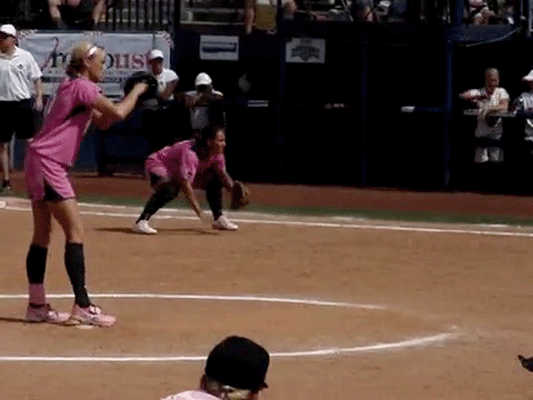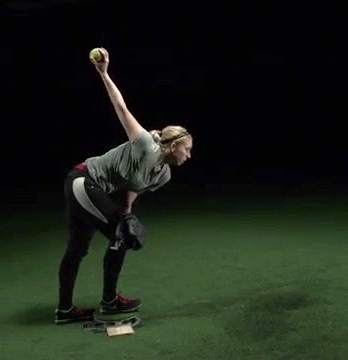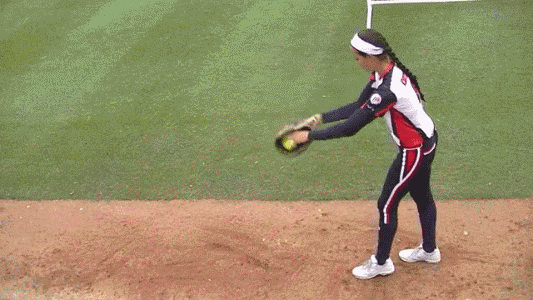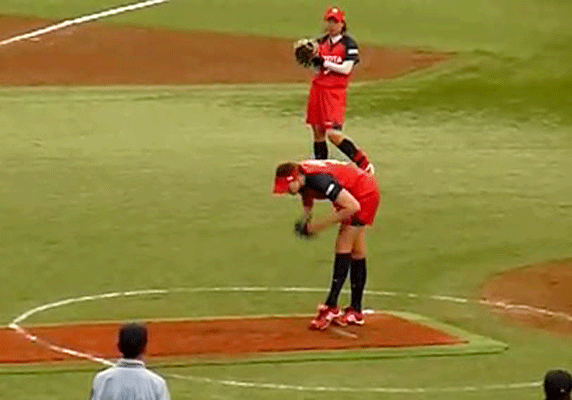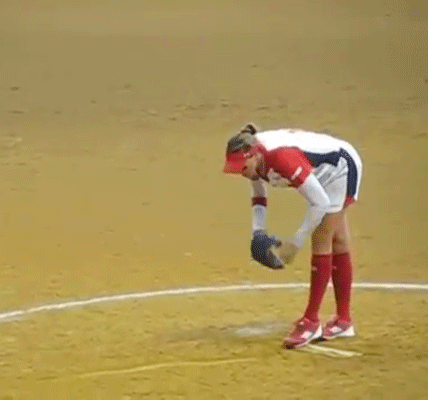javasource
6-4-3 = 2
Java, how often should pitchers perform this exercise?
Jojo,
It's really a wonderful plyo... and the goal is to execute it with perfect form. I would encourage any student that already has a plyometric routine to add this one in... and if they don't have a routine... build one with this in it. The next post will have pattern specific exercises... so I'd add those in, too... just need to type it...
So... I'd say as regular as they workout... 3-5 times per week.

